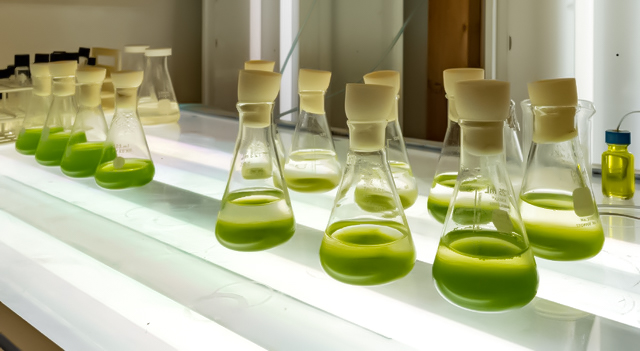Racing to preserve disappearing aquatic genomes
February 28, 2023

Terrence Tiersch, Teresa Gutierrez-Wing and Yue Liu of the AGGRC received funding from the LSU Provost's Fund for Research to develop large-scale repositories for algae. Algae serves as a raw material for multi-billion-dollar industries.
– Photo provided by Terrence Tiersch.
Breakthroughs in the preservation techniques of aquatic species genomes could aid conservation efforts and are needed to safeguard billions of dollars of investments in biomedical research, industrial production and fisheries.
For more than 30 years, LSU AgCenter researcher Terrence Tiersch and his team have worked with cryopreservation to preserve fish and shellfish. He serves as professor and director of the Aquatic Germplasm and Genetic Resources Center (AGGRC) in the LSU School of Renewable Natural Resources.
"There are tens of thousands of aquatic species that are not protected by preservation of germplasm and genetic resources. It's a gigantic global problem," said Tiersch. "We built our center to try to address the problems in how to deal with all these different species."
Genetic resources can be considered as the genes that provide value at present or in the future. These may be genes with resistance to a new disease or genomes that provide biodiversity to a species.
The AGGRC is currently working on a project with the National Center for Marine Algae and Microbiota in East Boothbay, Maine, to scale up the storage of algae and distribute it to other entities.
Tiersch, Teresa Gutierrez-Wing and Yue Liu of the AGGRC received funding from the LSU Provost’s Fund for Research to develop large-scale repositories for algae, and previously the LSU Agricultural Center Pilot Program for Enhancement of External Funding to develop cryopreservation protocols for algae.


